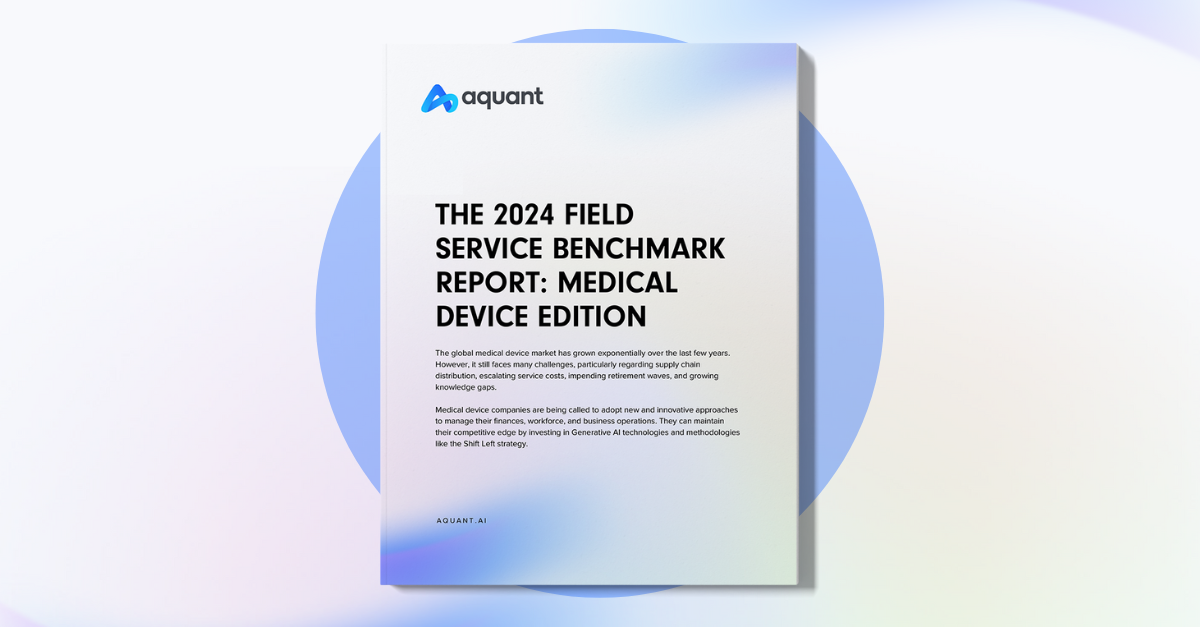Putting all the focus on analyzing documented data means you’re missing out on the most important, yet overlooked knowledge – the kind that’s closely held by long-tenured employees.
Digital transformation (DX) is on the minds of most business executives for good reason. Worldwide, investment in DX is expected to reach more than $6 trillion over the next four years, according to IDC. Much of that spend is earmarked for solutions that promise greater efficiency and deeper customer insights. But all is not going as planned for organizations that embark on sweeping data initiatives. Even as record amounts are spent on tech investments, a large number of projects fail to reach their stated goals.
Where are organizations going wrong? A big stumbling block is overlooking an organization’s hidden resources – the tribal knowledge that won’t be found in the data.
A Harvard Business Review article from earlier this year, Digital Transformation Is Not About Technology, summed up these concerns.
“Why do some digital transformation efforts succeed and others fail? Fundamentally, it’s because most digital technologies provide possibilities for efficiency gains and customer intimacy. But if people lack the right mindset to change and the current organizational practices are flawed, DX will simply magnify those flaws.”
It’s not just about digitizing existing processes, it’s about leveraging new technologies to improve the way businesses solve problems and innovate. This can be supported by taking the unique opportunity that AI provides to extract best practices from the subject matter experts and making them actionable across the organization. Here’s how to unlock that data.
Make tribal knowledge part of your DX plan
Digital transformations that don’t focus on people are like Batman without Robin — lacking balance and likely to fail. That’s why transformation initiatives, especially in the service industry, need to prioritize the know-how earned by the experience of their SMEs. Tribal knowledge about customers, products, processes, and equipment — the good stuff that provides a competitive advantage — is rarely categorized. And if it’s not in a database, for all intents and purposes, that information doesn’t exist and can’t be analyzed.
Instead of simply using new tech tools to analyze old data, turn your organization around by unlocking data such as technician notes, information that lives outside of traditional databases, or uncategorized information about customers or machines that only your best experts seem to know. This is the key to making tribal knowledge freely accessible and actionable, so what used to be known by only a few can be turned into insights for the many. Who are the ones in an org who have all this information stored in their heads? Look to those who are the people always called on the solve tough problems and bring them in as part of the team that will help oversee the project and use AI tools to categorize and analyze all that unstructured data.
Go beyond connecting data to customer activity and start connecting with employees
Look at any DX plan, and the stated objective is some variation of simplifying processes to become more agile and deliver better, more targeted customer experiences. And that narrow focus has caused many tech vendors and data analysts to overlook the internal resources as part of the transformation equation. But you can avoid that misstep.
It’s not enough to simply involve your industry experts in the planning process, but the technology has to actively enable ongoing input from these coveted data sources so the system can continue learning from their real-life experiences.
Why? Aside from collecting the hidden data we know resides in their heads and not on company hard drives, they also provide a much-needed perspective. Computers excel at quickly crunching numbers and finding hidden patterns in data, while subject matter experts are master problem solvers with an eye towards the big picture.
In addition, once the data is analyzed, make sure the results make sense for your business by using the real-life expertise of subject matter experts to fine-tune and validate findings. Automating insights from historical data is not enough on its own – those answers may provide solutions that are technically correct, but what’s the right match for your industry, customers and the mix of employees on hand to execute on those recommendations?
Use technology to spread the subject matter expertise
Information, no matter how good it is, is useless unless it’s readily available to everyone. Once your data is analyzed, make it easily searchable and accessible to all employees to create more knowledge across the organization and help erase the skills gap between – a problem that’s been exacerbated as more Boomers retire, leaving Millennials to experience a daily trial by fire experience.
AI tools combined with those that use natural language processing (which understands the context of your search regardless of word choice) make searching smart databases as easy as searching Google, and results will continue to be fine-tuned over time. This gives all employees equal access to previously hidden information, and skills that took years to learn can now be passed down to junior employees in a matter of days.
And by putting your people front and center of your technology initiatives you will ramp up your skilled team quicker and avoid the oft-cited and dreaded stat that 70 percent of complex, large-scale change programs don’t reach their stated goals.
Recent Posts
-

AI and Shift Left Will Propel Success in Medical Device Service, Says New Aquant Report
Read More »March 05, 2024 Janice Camacho








